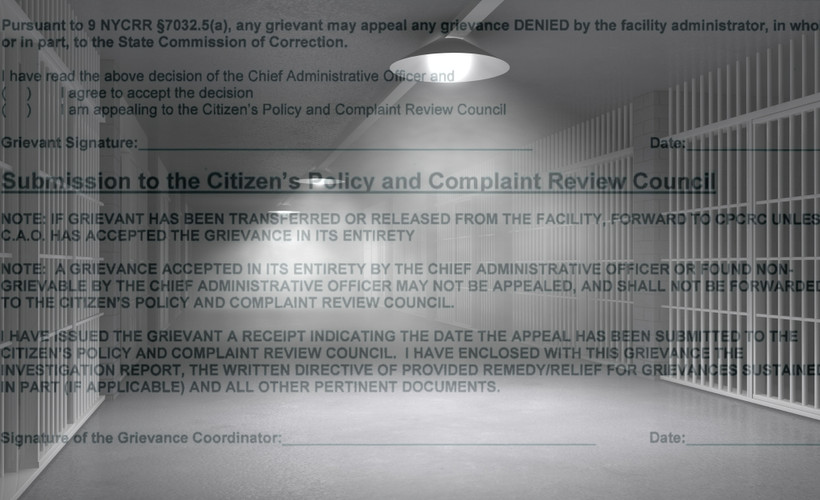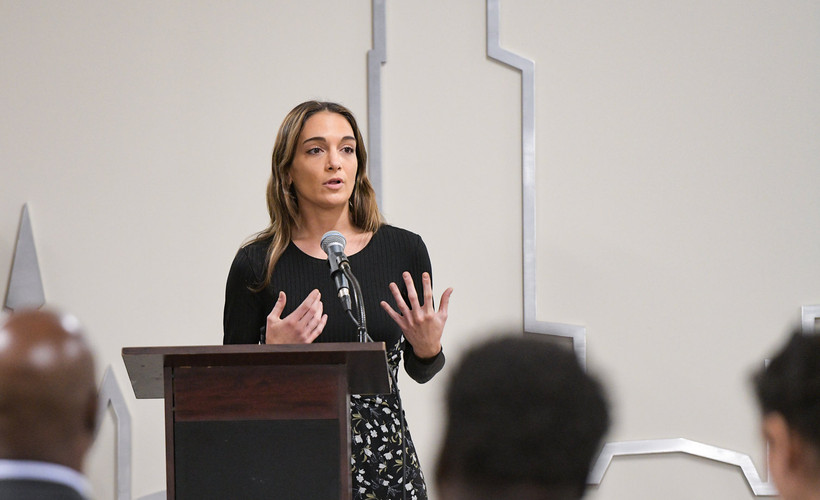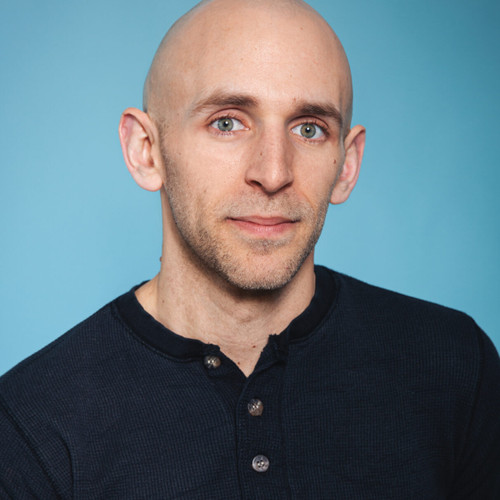This Agency Is Supposed to Monitor Jails. Is Anyone Monitoring It?

The State Commission of Correction has been stumbling for decades — with millions of incarcerated people caught in the lurch.
This investigation was supported with funding from the Data-Driven Reporting Project. The Data-Driven Reporting Project is funded by the Google News Initiative in partnership with Northwestern University’s Medill School of Journalism.
This investigation was supported with funding from the Data-Driven Reporting Project. The Data-Driven Reporting Project is funded by the Google News Initiative in partnership with Northwestern University’s Medill School of Journalism.
“The State Commission of Correction looks really good on paper, but it doesn’t do most of the things that it says it does.”

“There was the possibility that you really could have effective oversight of New York state prisons. That was a failure.”
“I don’t think that they are really a force for accountability.”
“People are dying at Rikers, and what’s the commission got to say about this?”
Chris Gelardi contributed reporting.







